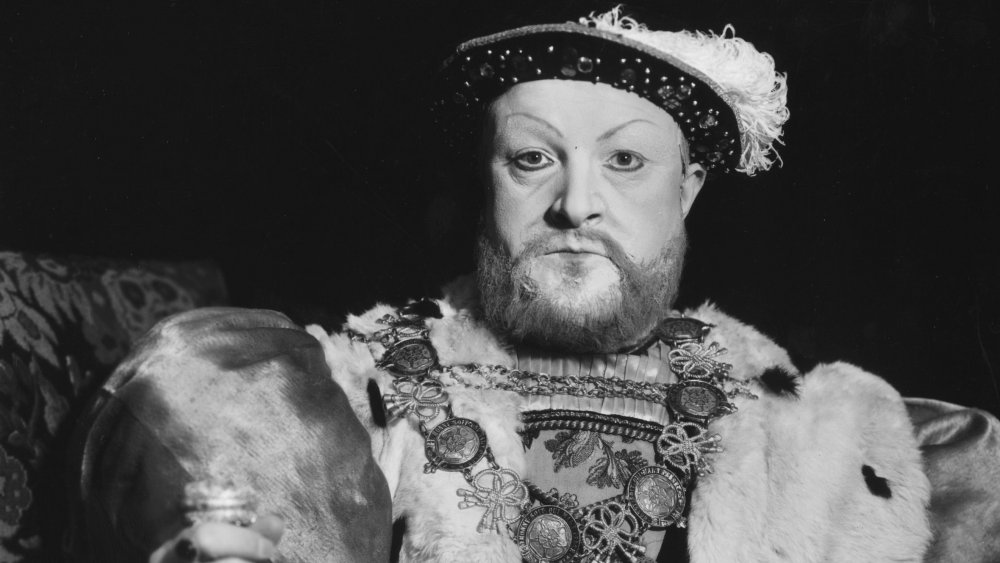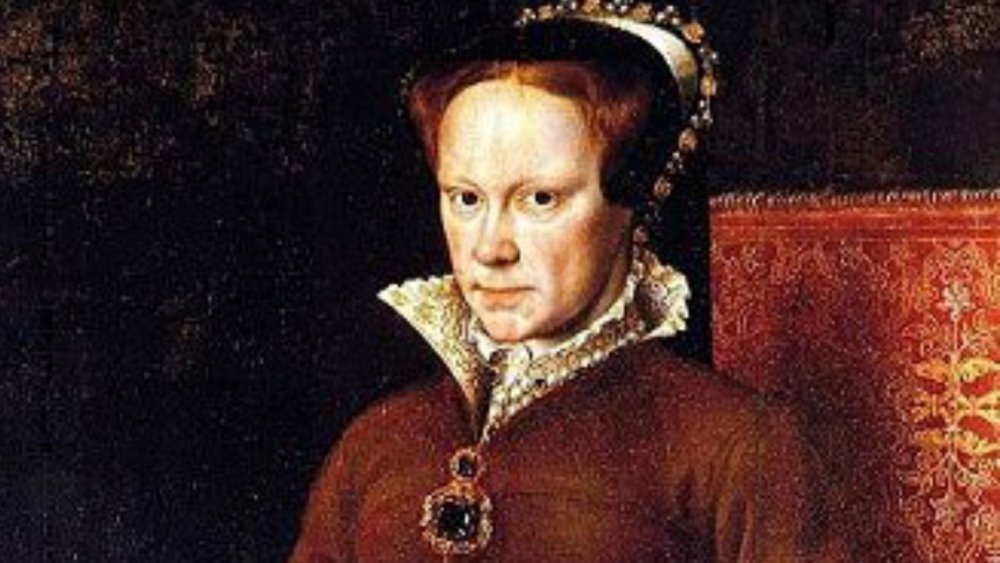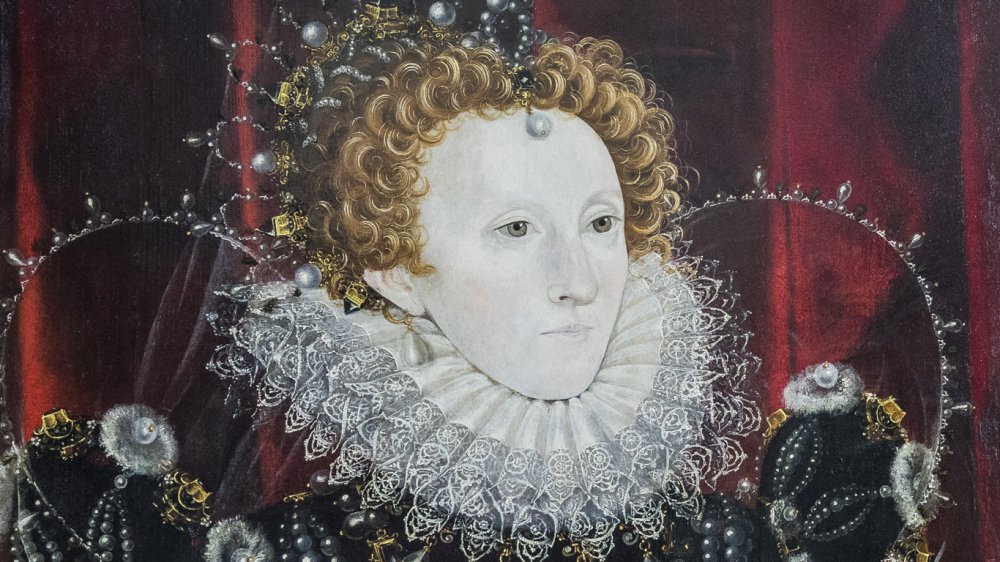The Truth About Henry VIII's Children
Marie Antoinette was accused of feeding the flames of the French Revolution by saying of starving peasants, "Let them eat cake." She probably never said that, but another inflammatory royal stoked a religious reformation by essentially saying, "Let me have my cake, and eat it, too." That royal pain was Henry VIII. History explains that Henry wanted the Pope's permission to ditch his first wife, Catherine of Aragon. He was eager to make a male heir, but Catherine gave birth to Mary I instead.
Evidently, Henry figured that if at first you don't succeed, try a new wife. He created the pretext that since Catherine had previously been wedded to his brother, her marriage to Henry didn't count. He couldn't count on the Pope's blessing, though, because Catherine's nephew was the Holy Roman Emperor. So Henry got divorced from Catholicism instead and established the Church of England. From there, he embarked on a deranged quest to sire a son.
To heir is inhuman
No matter how much wedding cake Henry had, he struggled to produce an heir. History writes that he married six different times, resulting in at least 11 pregnancies. The number could be as high as 13. But out of that possible baker's dozen, only four children survived. Failing to notice the common denominator in this situation, Henry soured on his spouses.
After ditching his first wife he lost interest in his second, Anne Boleyn, because in her first and only successful pregnancy she gave birth to a girl: Elizabeth I. Though Henry repeatedly cheated on Anne, he had her beheaded for adultery and treason and then immediately remarried. This may not come as a shock, but there may have been an issue with Henry's cake batter. Bioarchaeologist Catrina Banks Whitley and anthropologist Kyra Kramer explained that the king might have had a rare blood condition that made it increasingly difficult to produce viable offspring.
Four out of VIII
Henry VIII shifted the balance of religious power and treated people abominably in pursuit of a male heir. Per History, he produced two daughters, Mary I and Elizabeth I, and two sons, Henry FitzRoy and Edward VI. In Edward he finally had the heir he so diabolically strived for — sort of. Edward "remained a minor for his entire six-year reign," according to History. His role in governing was also minor, as the country was run by regents.
By contrast, Mary became England's first female monarch and Elizabeth became the second. Mary would have a brunch cocktail named after her, and Elizabeth — who was known as the "Virgin Queen" — had the state of Virginia named after. All that effort to put a boy on the throne resulted in two girls who made history.


